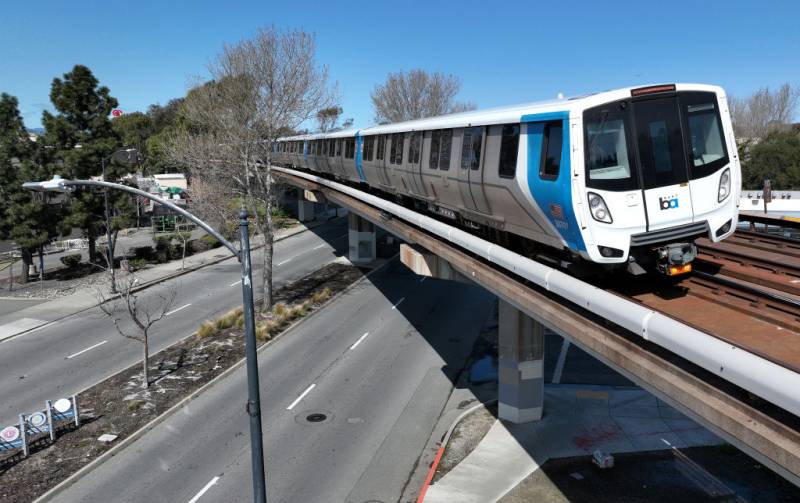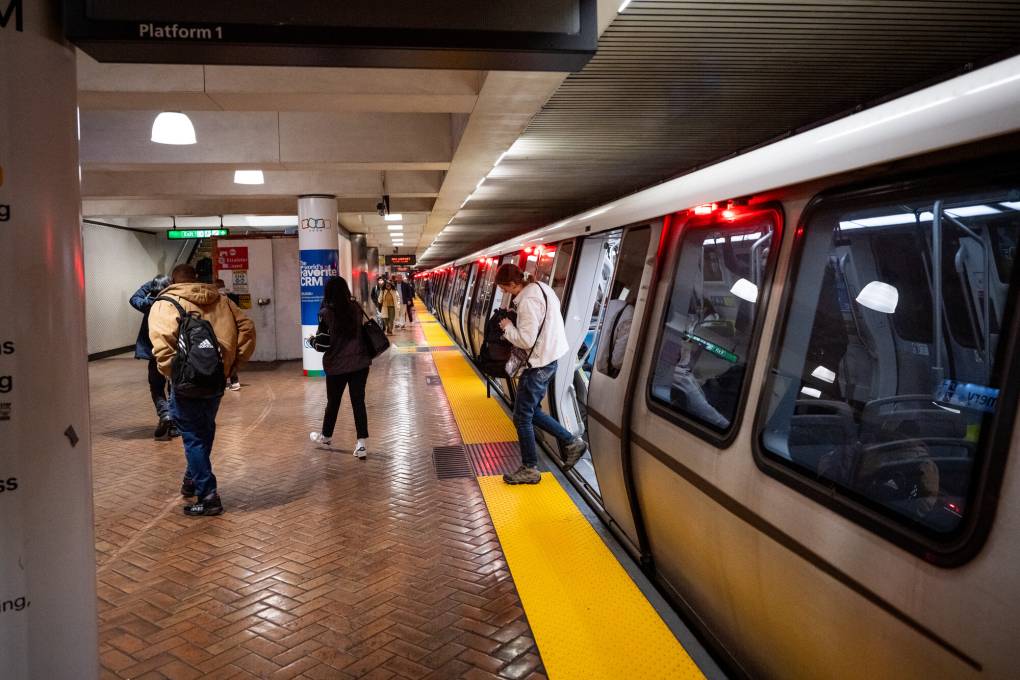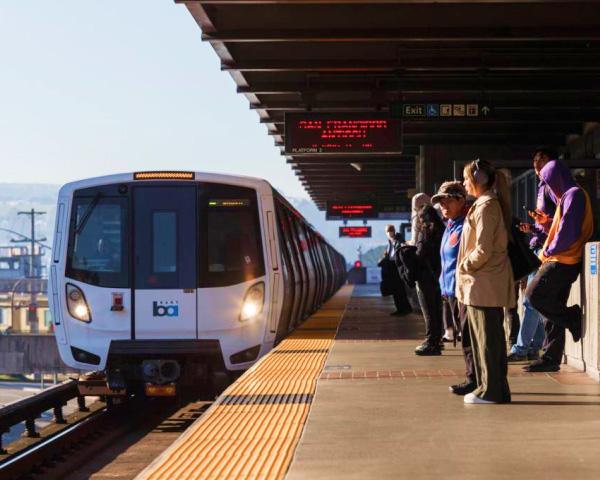The measure announced Monday is a dramatically scaled-back version of an ambitious plan floated last year that would have covered all nine Bay Area counties and aimed to raise $1.5 billion for a wide variety of transit, street and highway improvements.
But that effort, embodied in Sen. Wiener’s SB 1031, collapsed amid a series of bitter disagreements, including what kind of tax should be imposed and how revenue would be distributed.
If last year is any indication, SB 63, too, will be the subject of intensive negotiations before the details of the measure are finalized and can be placed on the November 2026 ballot. Even if it wins voter approval, the proposed tax measure will not be enough by itself to erase the deficits the Bay Area’s biggest transit agencies are facing.
It’s unclear how much money the proposed three-county sales tax would raise, but the Metropolitan Transportation Commission has estimated that a four-county tax including San Mateo County would raise $560 million a year.
BART is projecting deficits of more than $350 million a year starting in July 2026. Muni forecasts a yearly shortfall of more than $300 million. Deficits at AC Transit and Caltrain are smaller but erasing them would still require significant service cuts.
To maintain transit operations at a level close to current levels, officials in San Francisco and at BART have discussed supplemental revenue measures that would also likely appear on ballots in 2026.
Bay Area transit agencies have received billions of dollars in federal and state emergency funding to make up for fare revenue lost during the COVID-19 pandemic. But with that funding running out, transit operators, elected officials and transportation advocates across the region have been looking to a regional tax to avoid deep cuts in bus, train and ferry services.
A regional measure has also been seen as a vehicle to pay for making transit more frequent, reliable and affordable across the region. It would do that not only by helping agencies purchase more vehicles, but by integrating fares and schedules among agencies.


